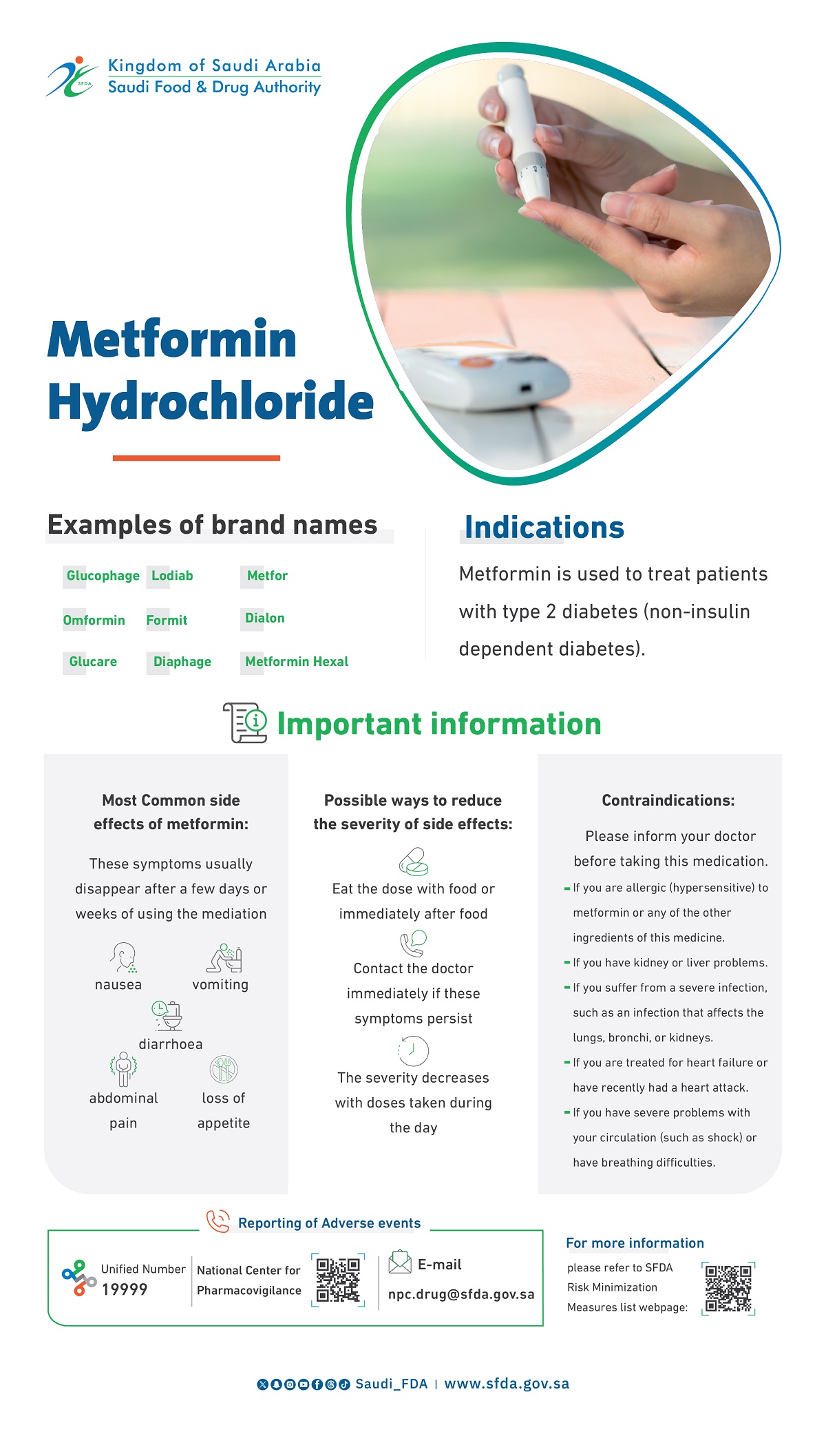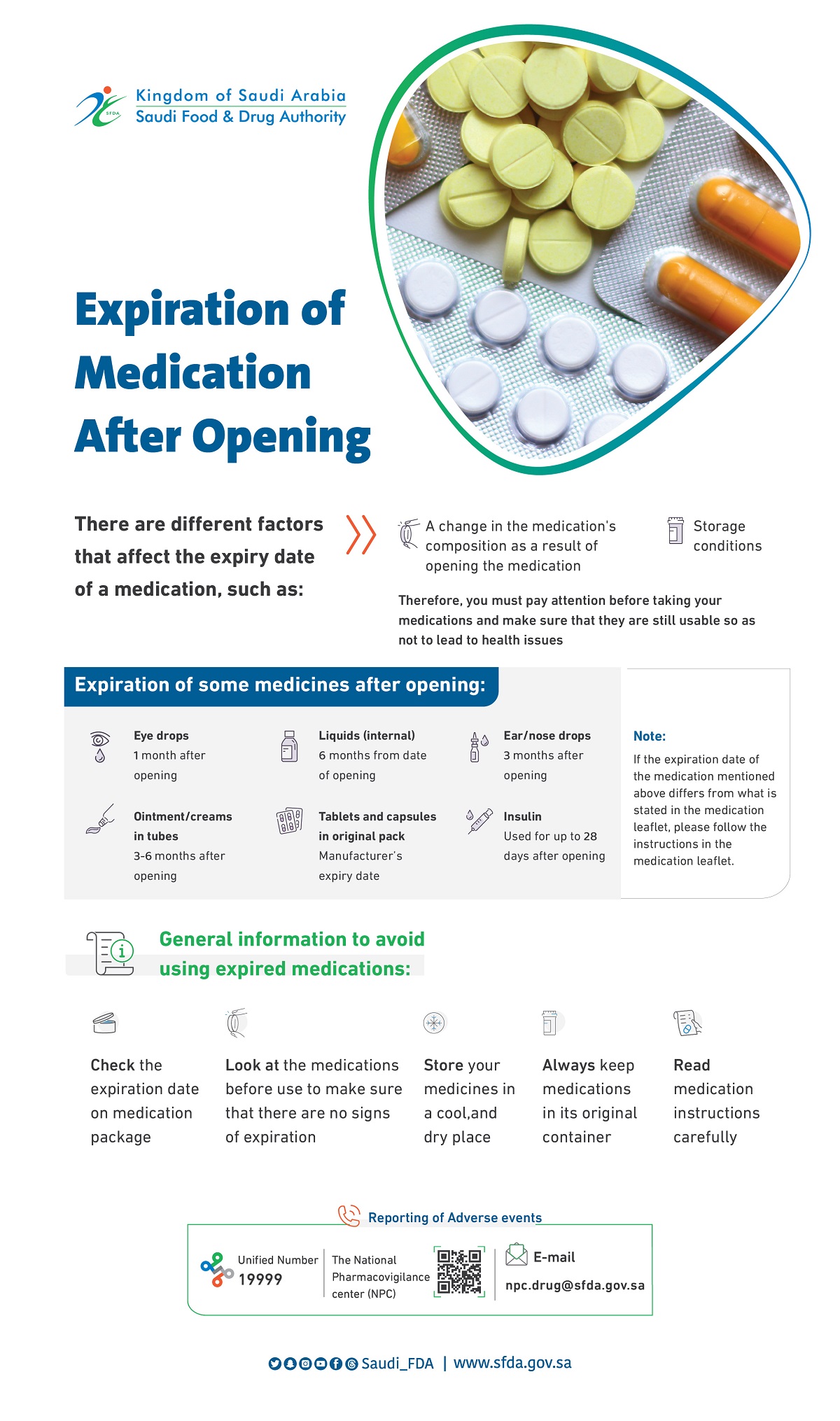
Simvastatin with or without Ezetimibe in Familial Hypercholesterolemia
Simvastatin with or without Ezetimibe in Familial Hypercholesterolemia
Simvastatin with or without Ezetimibe in Familial Hypercholesterolemia
2008-04-29
Ezetimibe, a cholesterol-absorption inhibitor, reduces levels of low-density lipoprotein (LDL) cholesterol when added to statin treatment. However, the effect of Ezetimibe on the progression of atherosclerosis remains unknown.
Authors conducted a double-blind, randomized, 24-month trial comparing the effects of daily therapy with 80 mg of Simvastatin either with placebo or with 10 mg of Ezetimibe in 720 patients with familial hypercholesterolemia. Patients underwent B-mode ultrasonography to assess the intima–media thickness of the walls of the carotid and femoral arteries. The primary outcome measure was the change in the mean carotid-artery intima–media thickness, which was defined as the average of the means of the far-wall intima–media thickness of the right and left common carotid arteries, carotid bulbs, and internal carotid arteries.
The primary outcome, the mean (±SE) change in the carotid-artery intima–media thickness, was 0.0058±0.0037 mm in the Simvastatin-only group and 0.0111±0.0038 mm in the Simvastatin-plus-Ezetimibe (combined-therapy) group (P=0.29). Secondary outcomes (consisting of other variables regarding the intima–media thickness of the carotid and femoral arteries) did not differ significantly between the two groups. At the end of the study, the mean (±SD) LDL cholesterol level was 192.7±60.3 mg per deciliter (4.98±1.56 mmol per liter) in the Simvastatin group and 141.3±52.6 mg per deciliter (3.65±1.36 mmol per liter) in the combined-therapy group (a between-group difference of 16.5%, P<0.01). The differences between the two groups in reductions in levels of triglycerides and C-reactive protein were 6.6% and 25.7%, respectively, with greater reductions in the combined-therapy group (P<0.01 for both comparisons). Side-effect and safety profiles were similar in the two groups.
In patients with familial hypercholesterolemia, combined therapy with Ezetimibe and Simvastatin did not result in a significant difference in changes in intima–media thickness, as compared with Simvastatin alone, despite decreases in levels of LDL cholesterol and C-reactive protein.
Source: N Engl J Med 2008;358:1431-43





